Infinite Frontier #1 raises 8 new questions about the new DC Universe
Infinite Frontier #1's developments include a new Crisis, a duplicate hero, a returning villain, and more mysteries
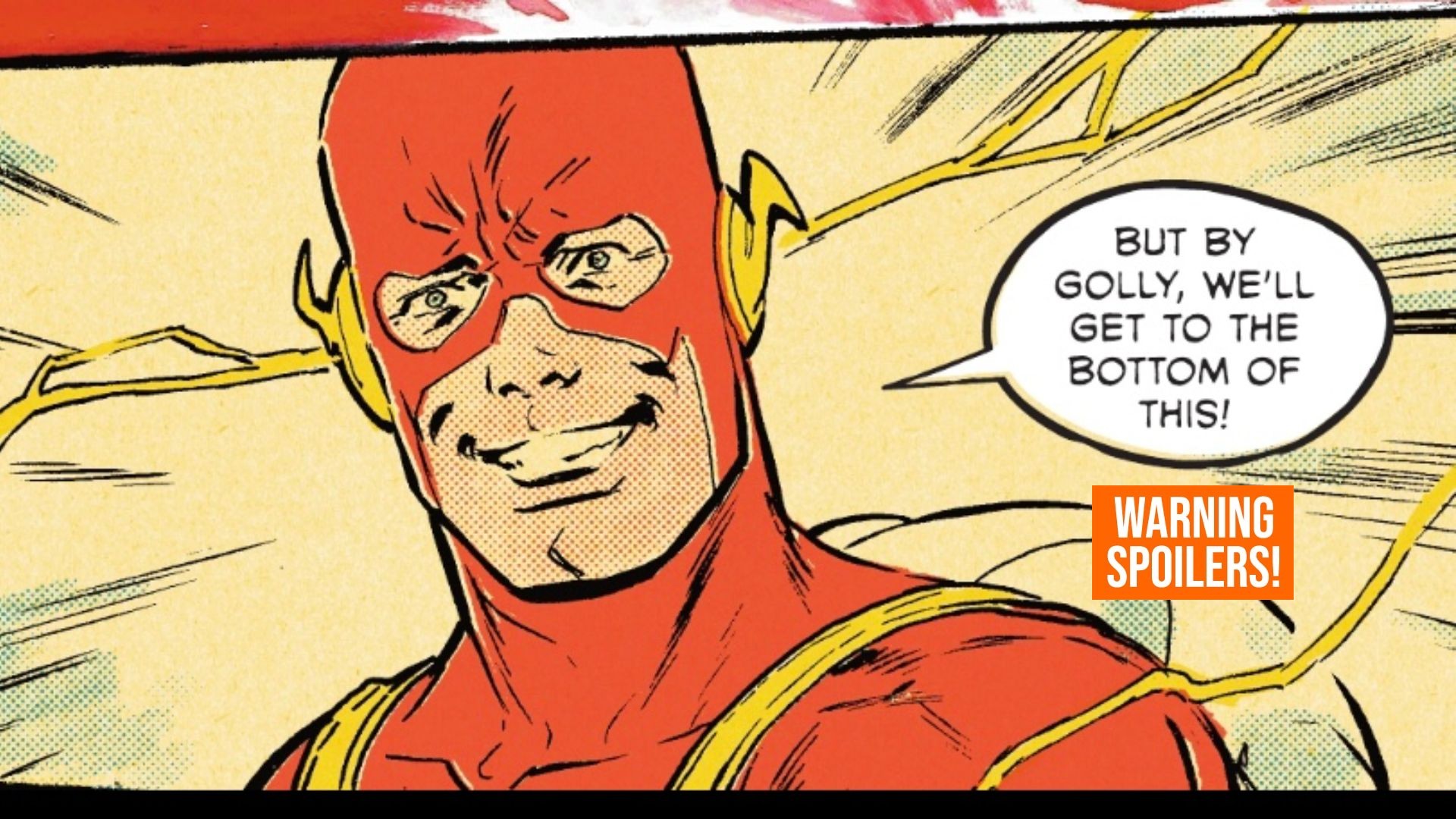
Four months after its lead-in Infinite Frontier #0 and about six months after the game-changing events of Dark Nights: Death Metal, DC's first major Omniverse-wide event Infinite Frontier launched June 22 - and lots of questions still abound about the nature of the new, rebooted DC Universe.
But if you're hoping the start of the six-issue limited series from writer Joshua Williamson and artist Xermanico will provide answers or insights, you might be a month or more early (if that), because Infinite Frontier #1 is more about raising lots of new questions than providing any new answers.
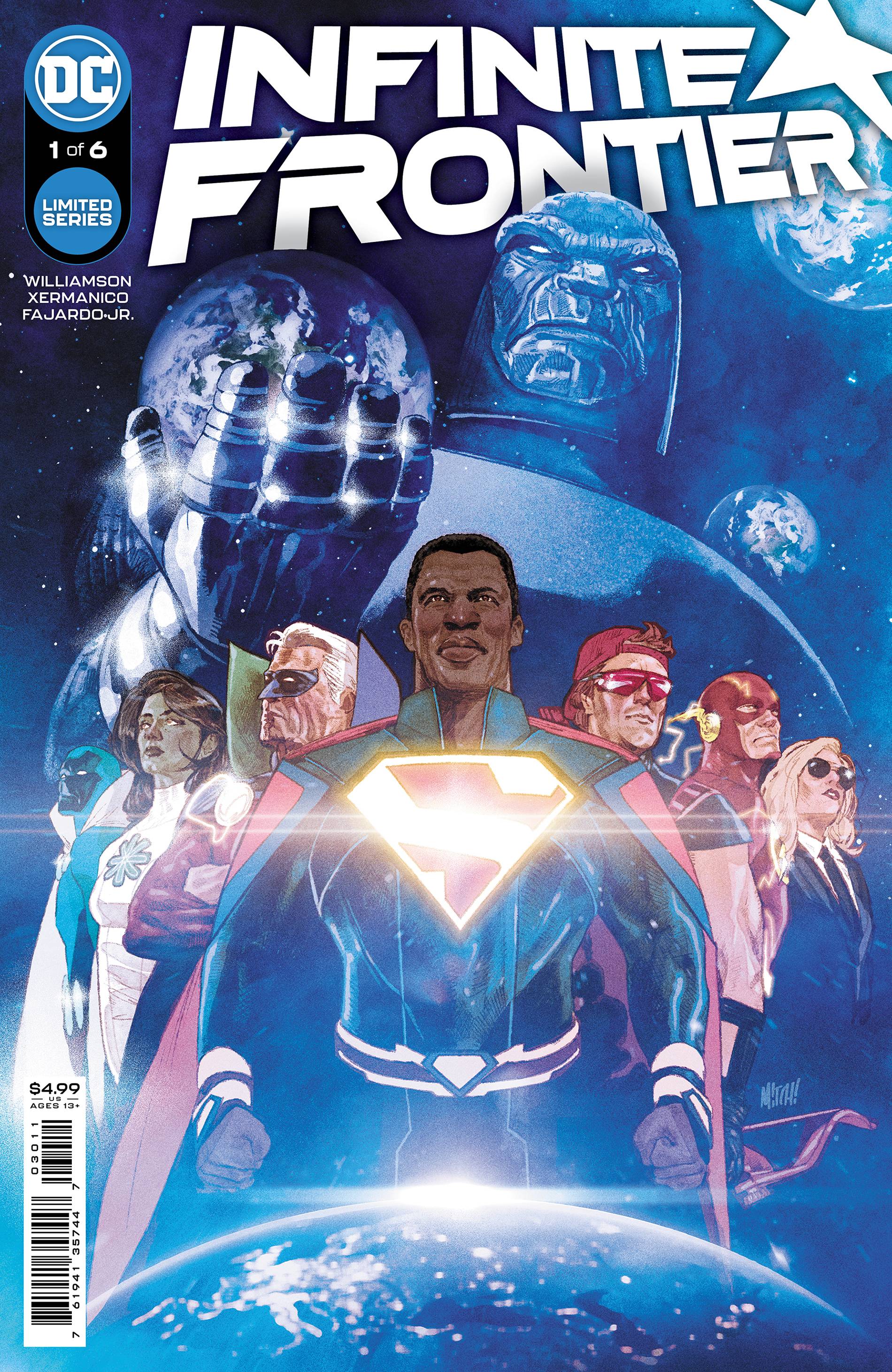
As we've detailed here at Newsarama before, everything is continuity now.
After 35 years of regularly rebooting and reframing its continuity to address issues created by the passing of time, as of January's Death Metal #7, DC seems to be on a different path. The publisher's latest continuity fix is to simply take ALL continuity out of the trash bins, file cabinets, and remnants drawers it resided in, and to throw it back onto the table with what's considered the official timeline-continuity-canon.
But how all the pieces of narrative fabric on the table fit together remains to be seen. And at moment, it's certainly far from seamless.
In fact, Infinite Frontier #1 is clearly and admittedly by Williams more of a device to ask new questions, raise new mysteries, and set up larger events to come later.
But what's the larger event to come later?
Get the best comic news, insights, opinions, analysis and more!
Spoilers for Infinite Frontier #1 and Question #1:
That part comes in during one of the middle sequences of the issue, when Barry Allen of Earth-0 (i.e. the Barry Allen DC readers are familiar with, now a necessary distinction) figures out a way to travel to Earth Omega, one of two worlds at the center of the new Omniverse introduced in Death Metal #7 and slightly expanded upon in Infinite Frontier #0.

There, the Flash finds the corpses of the Quintessence - a group of higher DC beings including the Greek god Hera, Phantom Stranger, the Wizard, Highfather, Ganthet, and the Spectre, who oversee the Omniverse - murdered by a powered-up Darkseid.
Barry then meets a redesigned Psycho-Pirate. DC fans in good standing know when you put Barry and Psycho-Pirate together, you're going to get a callback to the original Crisis on Infinite Earths and that's exactly what we get, with Psycho-Pirate telling Barry outright a "new Crisis" is coming.
Psycho-Pirate (the one being in existence who remembered what the Multiverse was before and after the original, first Crisis) is seemingly receiving commands in real-time from Darkseid, who reinforces DC's new continuity approach by reminding him that he plays a "role in this story."
Psycho-Pirate then tells Barry he's going to help Darkseid find "someone" key to the events that will seemingly lead to the next Crisis. The identity of that "someone" is Infinite Frontier's new question #1.
Question #2: Flashpoint Batman and the Flash?
Speaking of Barry, he's who Flashpoint Batman (i.e. Thomas Wayne) is looking for when he crashlands on President Superman's Earth-23.
Wayne winds up in the presence of Justice Incarnate (who the Flash has just joined), including President Superman, Captain Carrot of Earth-26, Mary Marvel of Earth-5, Aquawoman of Earth-11, and Machinehead of Earth-8 (something of an analog for Iron Man).
Why Flashpoint Batman needs Barry Allen is new question #2, but their mutual connection to Flashpoint seems like a good broad first guess.

Question #3: Where's Jade?
Elsewhere, Alan Scott and Obsidian meet up in Gotham City with Jade for some family time, only to be greeted by a green-tinged explosion as they approach the JSA's old headquarters where they are supposed to meet her.
Obsidian senses his sister isn't there, and in fact, he can't sense her anywhere, setting up new question #3 - where is Jade?
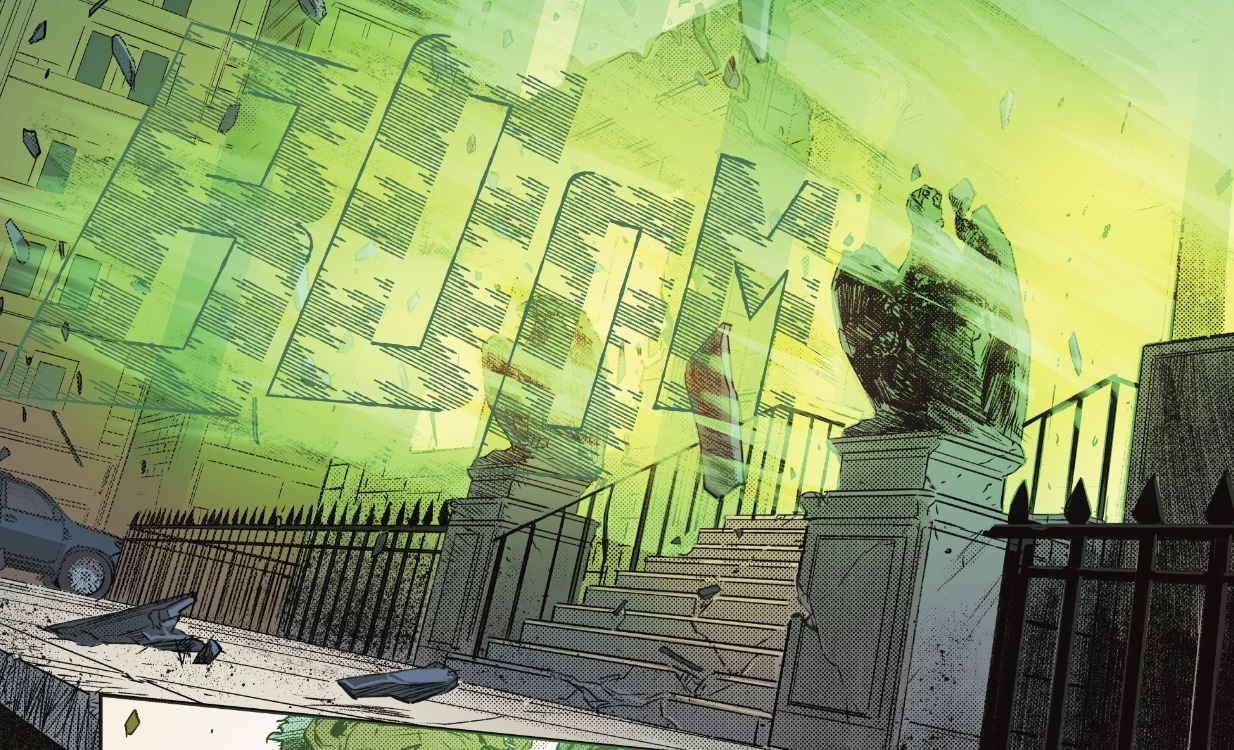
Question #4: Bones and Chase?
That sequence is immediately followed by Director Bones blackmailing the returned and reluctant Cameron Chase to re-up with the reinstated DEO (Department of Extranormal Operations) to help make sense of the new Multiverse, the presence of which is now known (kind of ... stay tuned) to the general public.
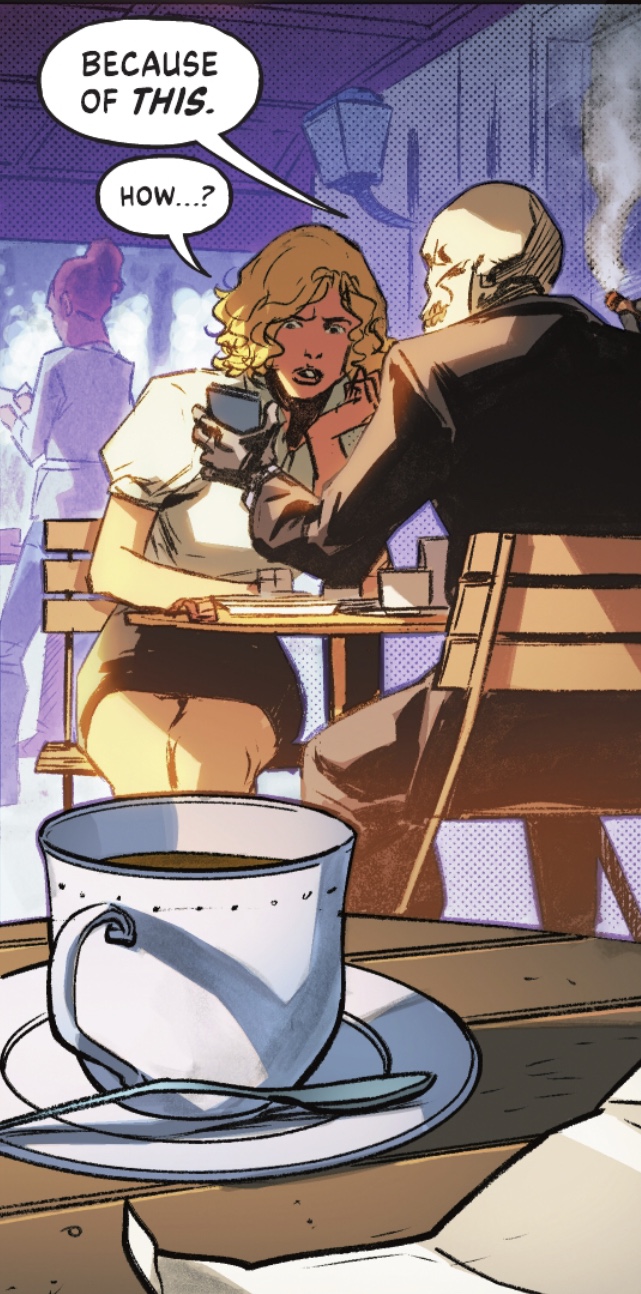
What Bones has on Chase isn't revealed, setting up new question #4.
And not for nothing, but it will also be interesting to see how Bones' role in Infinite Frontier is balanced with his role in the also just-launched series Checkmate by writer Brian Bendis and artist Alex Maleev, which was originally intended to be published last year but got delayed due to the global pandemic.
In an interesting meta-twist, reconciling Bones' dual roles in both stories may be DC's new continuity approach occurring in real-time - both stories are happening concurrently, but you may not want to think too hard on exactly how.
Question #5: Who is X-Tract?
Question #5 comes in the form of new villain X-Tract, who as Williamson has explained is a multiversal bounty hunter seemingly hired by or acting as an officer of some organization that has identified Roy Harper as someone who must be apprehended because of his recent resurrection as the result of Death Metal.
X-Tract tries to apprehend Roy at a diner, declaring the "world doesn't like him," that he "doesn't belong here," and that where X-Tract plans to incarcerate him for the offense of returning from the dead is somewhere worse than death.
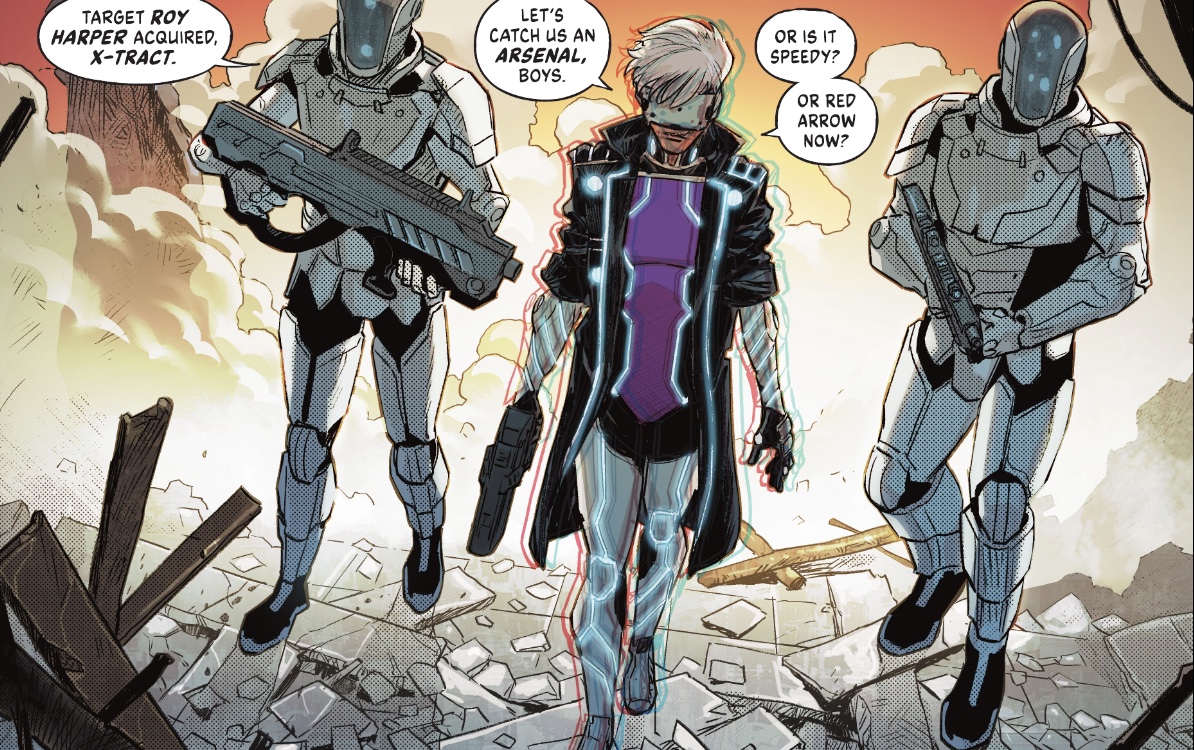
The scene is interesting on two levels - for one it immediately turns the revelation of the DCU's harmonious new all-inclusive continuity status quo on its ear.
Dead characters returning seemed to be a little bonus gift upon the arrival of the reset new Multiverse, but X-Tract seems to signal it's already causing conflict, which means DC is already proactively creating "continuity" conflicts with its own new catch-all fix.
The second level of interest is the apparent parallel to what's happening in Disney Plus's Loki streaming series.
X-Tract and some armored foot soldiers trying to apprehend a person who is seemingly breaking some law or rule by being alive when they shouldn't is very similar to the Time Variance Authority apprehending Loki for a similar offense.
Questions #6 and 7: The two Roys and what did Batman unleash?
How Roy escapes the situation sets up new question #6. Roy is about to lose the fight with X-Tract when a mysterious force intervenes, which the last page reveals as a Black Lantern Roy Harper, who is using the ring to conjure up past incarnations of himself (Speedy, Arsenal, Red Arrow, the baseball-capped Red Hood and the Outlaws Roy) as his own strikeforce.
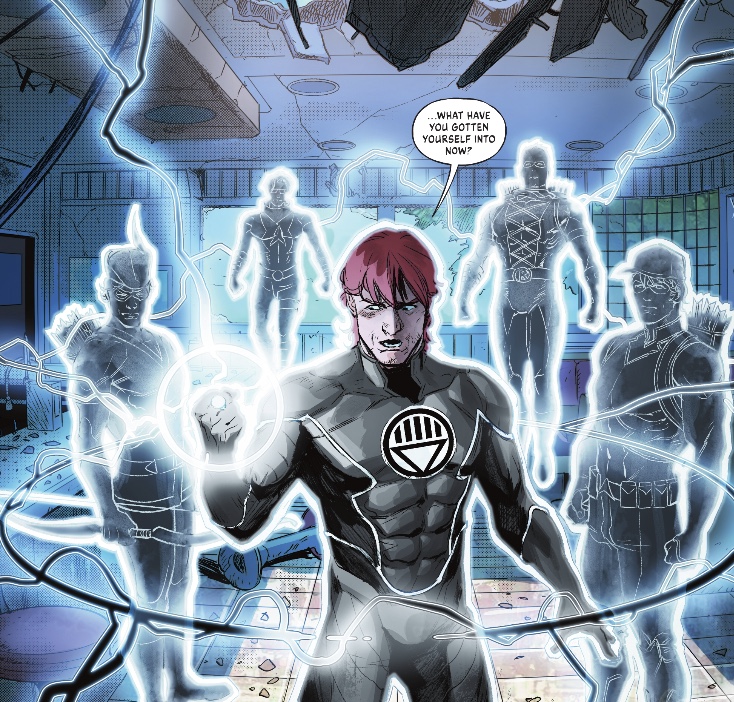
The scene seems to suggest the Death Metal finale set up there being two versions of Roy, the living one and the one Batman conjured up with the Black Lantern ring in that story's finale. Which begs the additional question (#7) - did ALL the characters Batman raised in that scene live on as Black Lanterns, alongside but unbeknownst to their living counterparts?
Remember, dozens of characters died in the final Death Metal battle only to be instantly resurrected, including, for the record, The Batman Who Laughs, who was killed early in Death Metal and returned in the body of a multiversal Bruce Wayne-Doctor Manhattan mash-up as a new incarnation - the omnipotent Darkest Knight.
Whew...
Question #8: Who remembers what and why?
The final sequence of note in Infinite Frontier #1 is the beginning of that same diner scene, in which ordinary people debate the existence of the Multiverse.
Two seemingly younger people remember the Earth ending in Death Metal, and seeing other Earths in the sky. The older people in the scene (including one of the younger person's mother) don't seem aware or believe and offer up the explanation of "mass hysteria," including one belligerent older man who forcibly denies the existence of the Multiverse.
The slightly implied factoid that younger people are aware of and/or believe in the Multiverse and older people seem not to be is not only the heart of question #8, but has interesting implications.
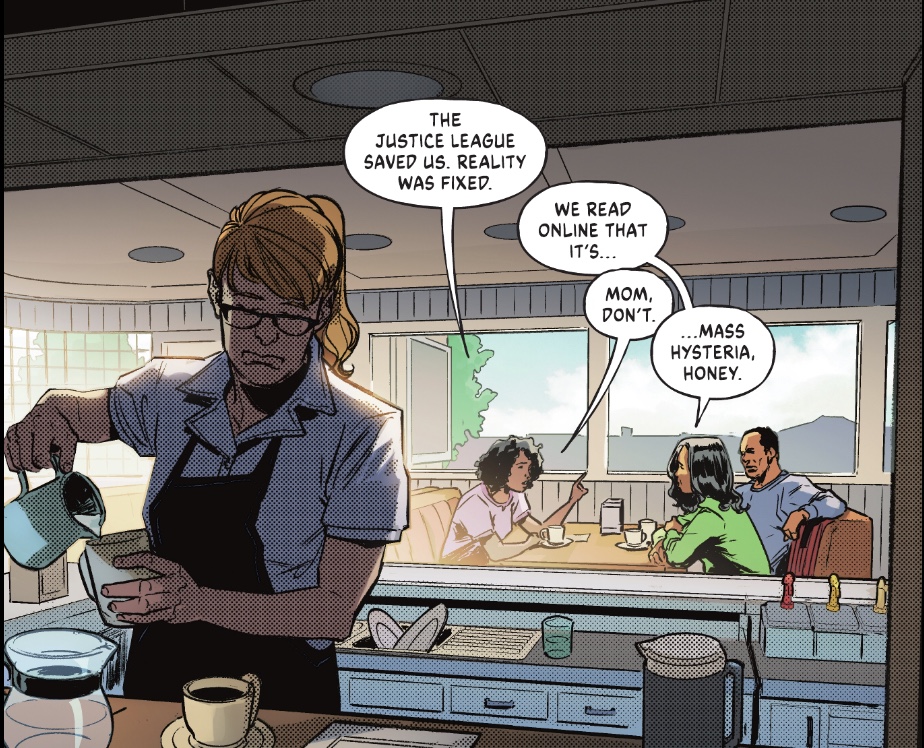
We may be reading too much into this, but Williamson seems to be playing on today's current political climate, in which opposing ideological groups sometimes have diametrically different perceptions (or at least declared perceptions) of public events.
Either way, the idea that younger people seem aware of the Multiverse and the same young woman asking aloud if that makes the people who remember it "special" seems significant on some level.
But then again, with another "New Crisis" looming, all of DC's new stories and continuity rules or lack thereof could just be temporary, intended to be rewritten in the foreseeable future.
We'll see if subsequent issues of the Infinite Frontier series suggest any longevity to this new incarnation of the DC Universe, or if the current Infinite Frontier era and the questions and mysteries it raises are all just prologue to the next big reset.
With a new Crisis coming, now's as good a time as any to look back at all of DC's Crises, ranked from best to worst.
I'm not just the Newsarama founder and editor-in-chief, I'm also a reader. And that reference is just a little bit older than the beginning of my Newsarama journey. I founded what would become the comic book news site in 1996, and except for a brief sojourn at Marvel Comics as its marketing and communications manager in 2003, I've been writing about new comic book titles, creative changes, and occasionally offering my perspective on important industry events and developments for the 25 years since. Despite many changes to Newsarama, my passion for the medium of comic books and the characters makes the last quarter-century (it's crazy to see that in writing) time spent doing what I love most.


